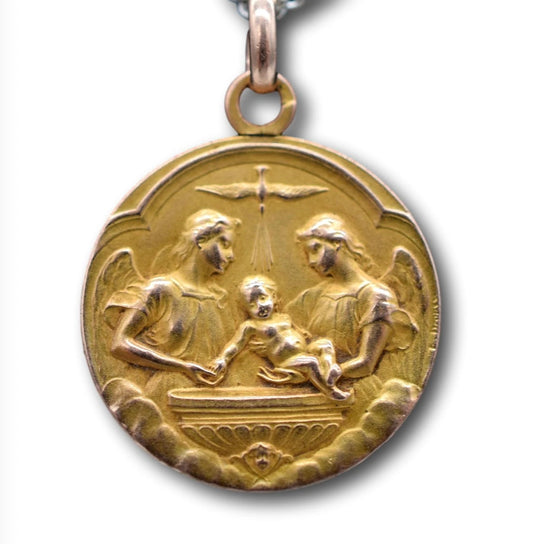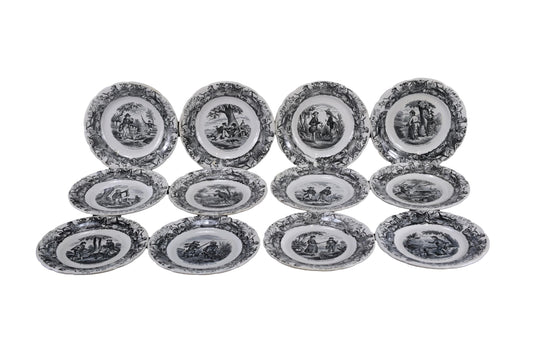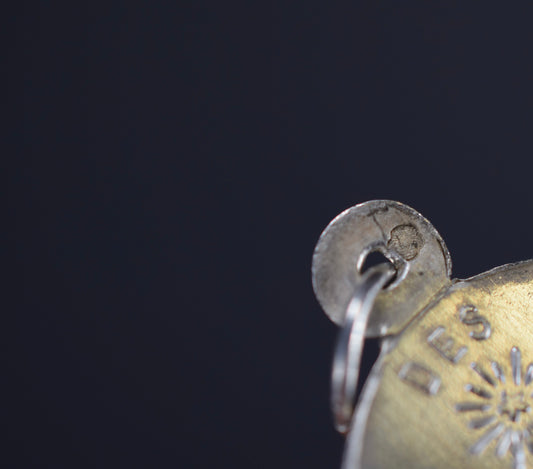En savoir plus sur les antiquités françaises

Les graveurs de médailles religieuses
Liste des plus grands graveurs de médailles religieuses françaises. Hydropisie, Penin Poncet, Fernand PY, Louis Victor Tricard
Les graveurs de médailles religieuses
Liste des plus grands graveurs de médailles religieuses françaises. Hydropisie, Penin Poncet, Fernand PY, Louis Victor Tricard

Plaques parlantes
La description et l'histoire des plaques parlantes et pourquoi les collectionner.
Plaques parlantes
La description et l'histoire des plaques parlantes et pourquoi les collectionner.

6 raisons pour lesquelles acheter des antiquité...
1/ Soyez vert et sauvez la planète Chaque fois que vous achetez quelque chose de vieux (vintage, antiquités..) vous rendez la planète un peu plus verte. Aujourd’hui, je pense que...
6 raisons pour lesquelles acheter des antiquité...
1/ Soyez vert et sauvez la planète Chaque fois que vous achetez quelque chose de vieux (vintage, antiquités..) vous rendez la planète un peu plus verte. Aujourd’hui, je pense que...
La princesse d'Orléans (1813-1839) et sainte Je...
La princesse Marie d'Orléans est la deuxième fille du roi de France Louis Philippe 1er et de Marie-Amélie de Bourbon Sicile. Cette femme très curieuse, talentueuse et pieuse fut l’une...
La princesse d'Orléans (1813-1839) et sainte Je...
La princesse Marie d'Orléans est la deuxième fille du roi de France Louis Philippe 1er et de Marie-Amélie de Bourbon Sicile. Cette femme très curieuse, talentueuse et pieuse fut l’une...
Découvrez La Majolique de Sarreguemines
Une brève histoire de Sarreguemines Sarreguemines est une ville de l'Est de la France. À la fin du XVIIIe siècle, trois marchands achètent un moulin à huile près de la...
Découvrez La Majolique de Sarreguemines
Une brève histoire de Sarreguemines Sarreguemines est une ville de l'Est de la France. À la fin du XVIIIe siècle, trois marchands achètent un moulin à huile près de la...

Comment identifier l'argent massif français ?
Lorsqu'une pièce est fabriquée en argent massif en France, elle reçoit un poinçon qui certifie qu'elle est composée d'au moins 800/1000 d'argent massif. Au fil des siècles, les poinçons de...
Comment identifier l'argent massif français ?
Lorsqu'une pièce est fabriquée en argent massif en France, elle reçoit un poinçon qui certifie qu'elle est composée d'au moins 800/1000 d'argent massif. Au fil des siècles, les poinçons de...